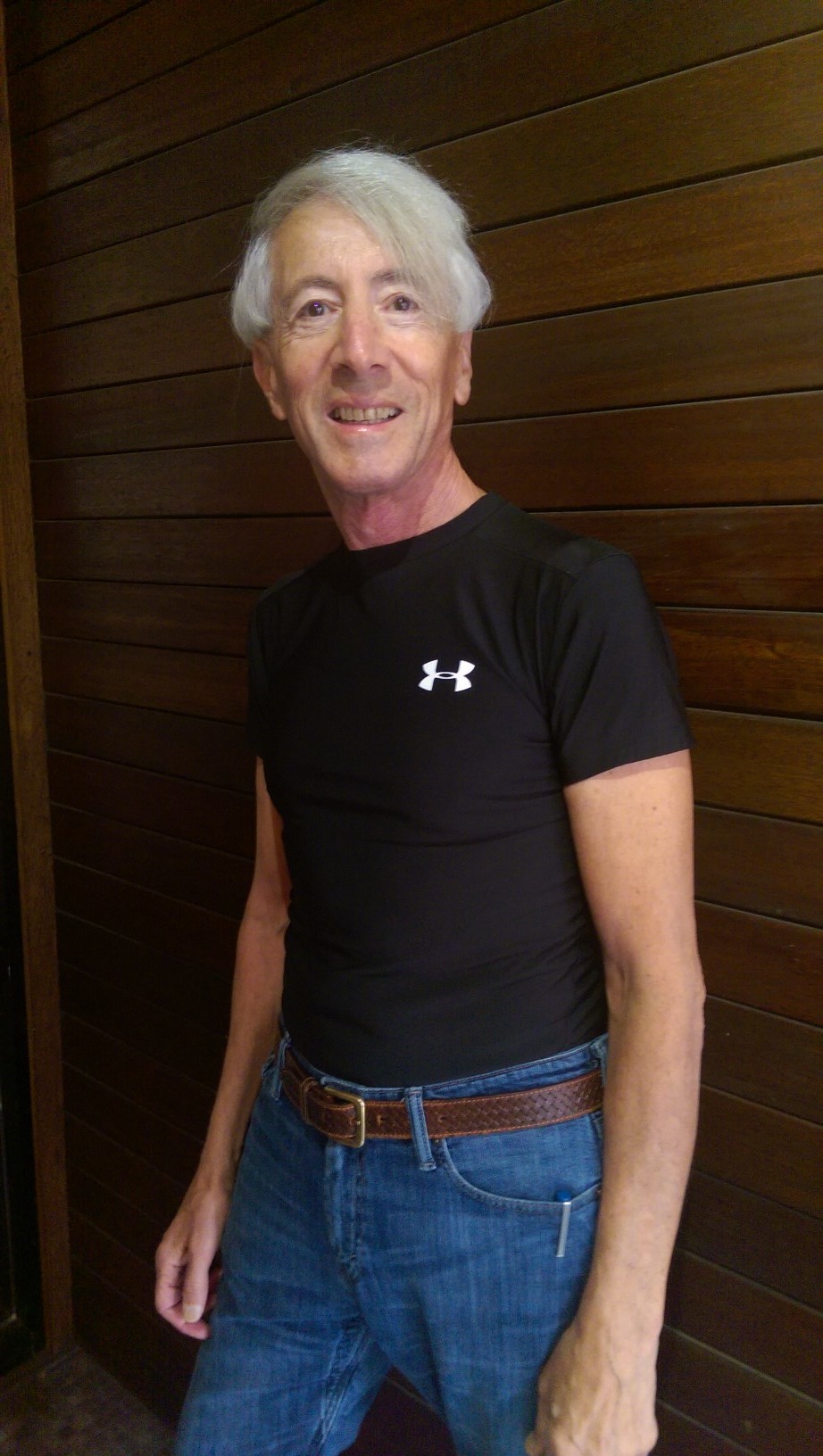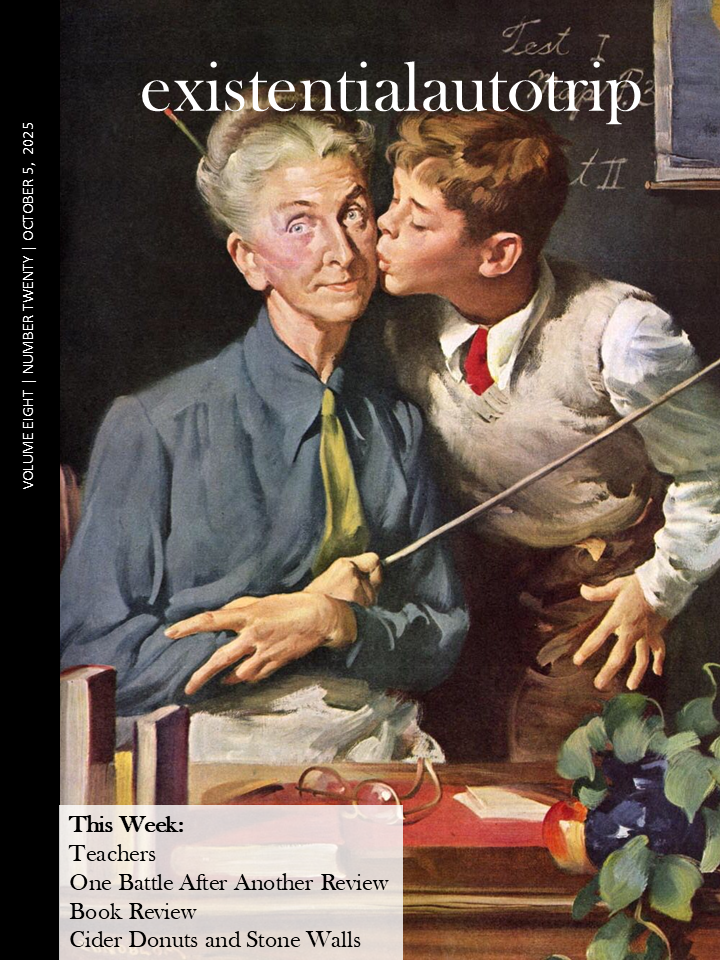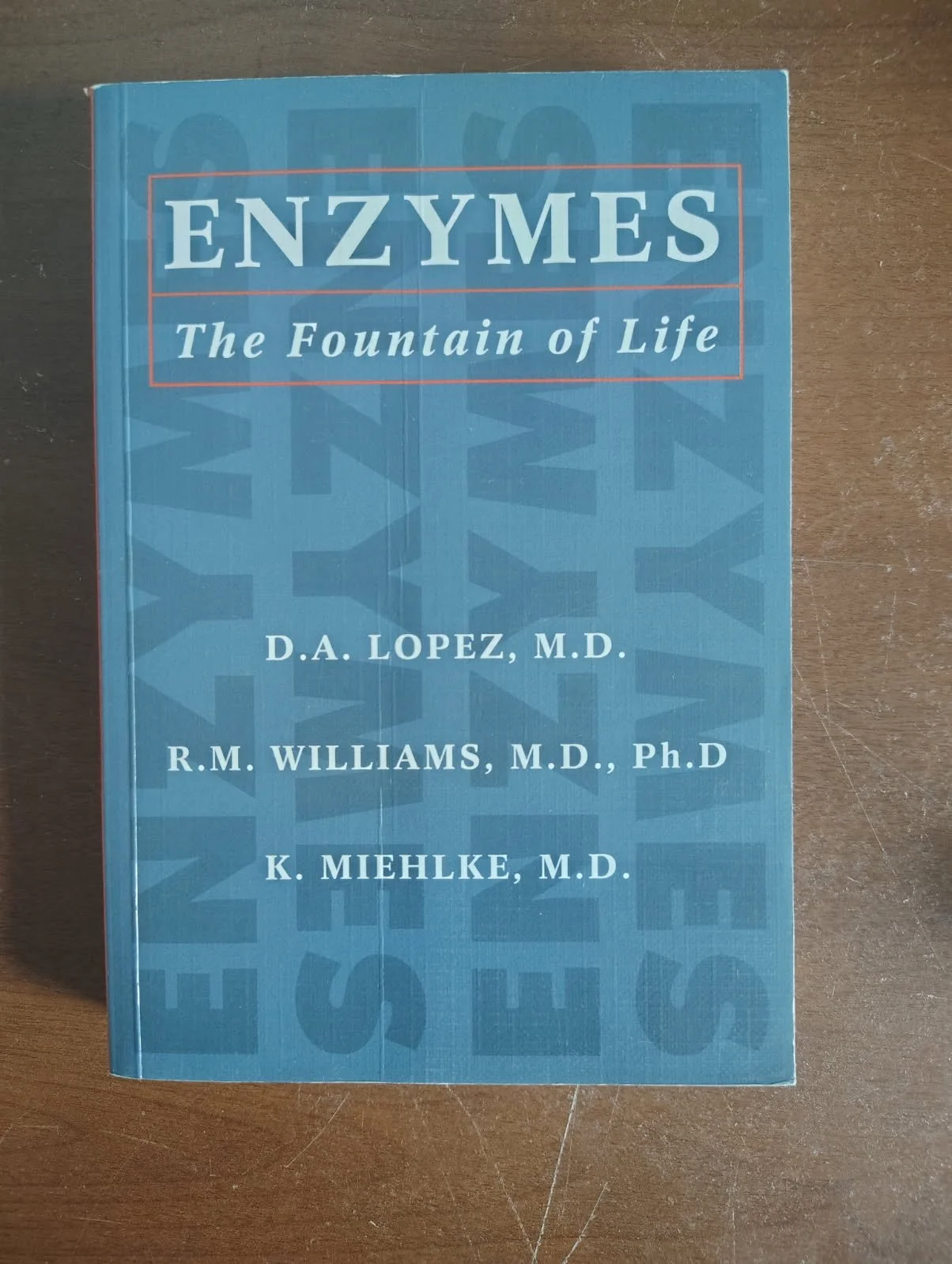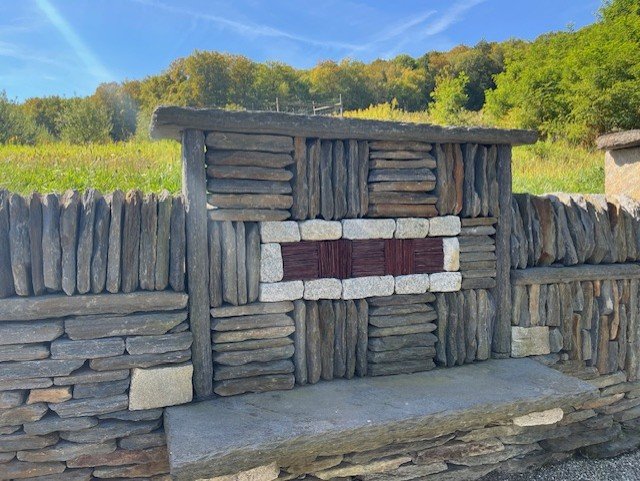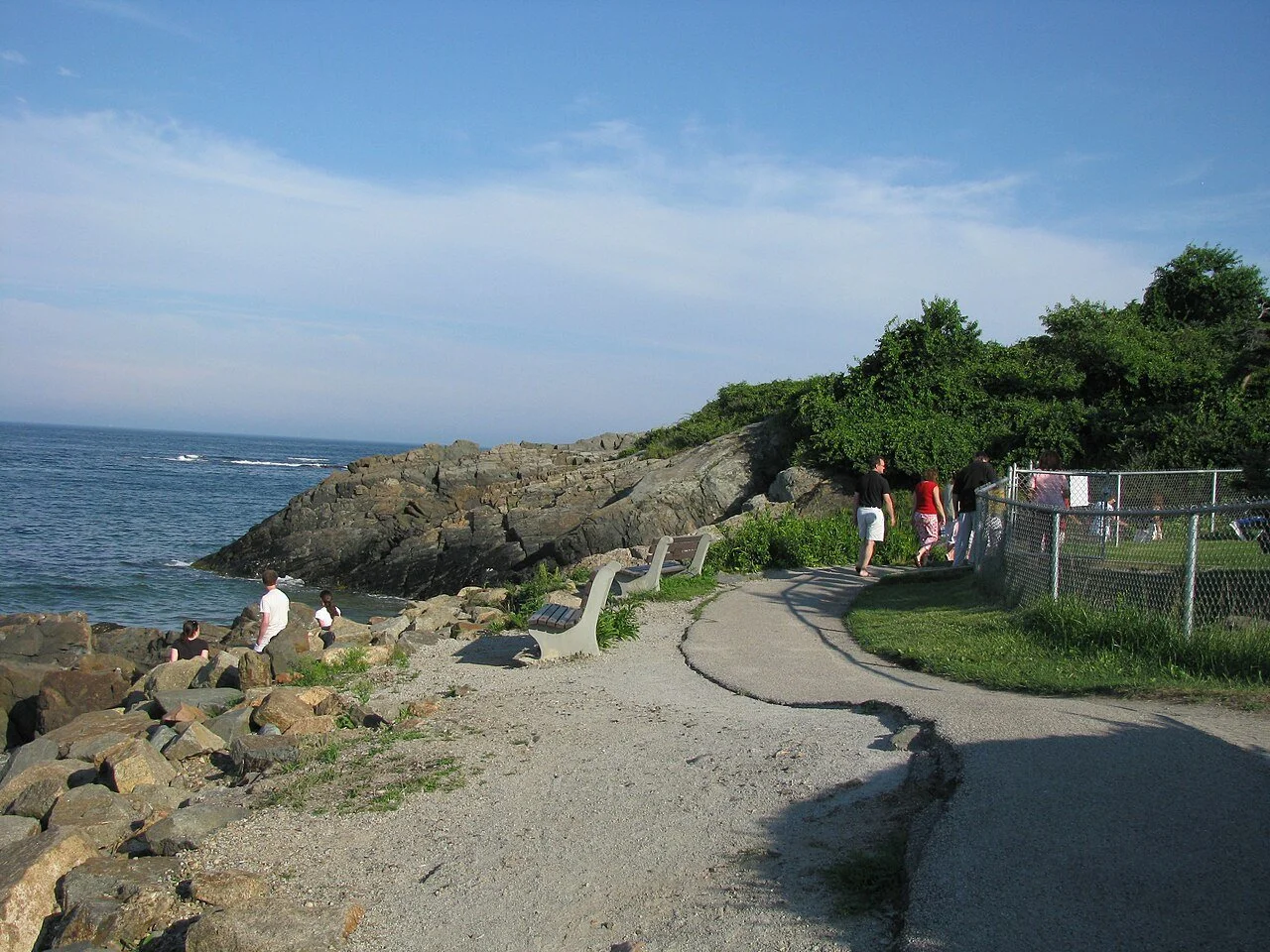______________________________________
Tucker’s Cover
October 5, 2025
# 1733
Teachers
__________________________
Cover Story Commentary: Dom
This entry is from AI:
Adopted on October 5, 1966, the UNESCO/ILO Recommendation on the Status of Teachers was the first international framework to formally recognize the essential role teachers play in shaping society. It established global standards for their rights, responsibilities, working conditions, and professional development, emphasizing that education is a fundamental human right and that teachers are central to its fulfillment.
The Recommendation called for fair salaries, social security, freedom of association, and access to continued training, while also affirming the need for respect and autonomy in the classroom. It acknowledged the diversity of educational systems worldwide but insisted on universal principles—that teachers deserve dignity, protection, and a voice in shaping educational policy.
World Teachers’ Day honors this milestone, reminding us that behind every curriculum and classroom is a human being tasked with nurturing minds, fostering peace, and guiding the next generation through both knowledge and care.
Teaching isn’t just a profession—it’s an act of cultural preservation and subtle defiance. Beyond lesson plans and classrooms, true educators carry forward stories, values, and ways of thinking that resist erasure. They nurture curiosity in systems that often reward conformity and offer care in spaces that undervalue emotional labor. Whether through literature, lived example, or quiet mentorship, teaching becomes a form of stewardship—guarding memory, shaping identity, and challenging dominant narratives. In this light, every lesson is a gesture of resistance, every student a seed of possibility. The classroom becomes not just a site of instruction, but of transformation.
__________________
From Dom’s Porch
Not my porch but it will do.
We often forget that teaching often encompasses the daily, often invisible work of assessing and responding to students’ emotional needs before academic instruction can even begin.
Which students are in emotional distress?
Which need guidance through anger, fear, or shutdown before they can engage with learning?
Which need to be stabilized enough to participate in the lesson prioritizing emotional survival over academic achievement?
Teaching. It ain’t easy.
Dutch schoolmaster and children, 1662
Adriaen van Ostade - The Yorck Project (2002) 10.000 Meisterwerke der Malerei (DVD-ROM), distributed by DIRECTMEDIA Publishing GmbH. ISBN: 3936122202.
This is Dom and AI continuing:
The Piano Lesson is a painting by the FrenchpainterAuguste Renoir around 1889. This oil on canvas depicts two young girls dressed in reddresses at a piano, the one standing as apage turner. Purchased in 1944, the work is kept at the Joslyn Art Museum in Omaha, Nebraska, United States, but other versions exist elsewhere in the world, such as Young Girls at the Piano at the Musée d'Orsay in Paris.
Renoir’s The Piano Lesson (1889) captures a quiet domestic teaching moment, yet its intimacy is layered with formal tension.
The composition centers on a young girl at the piano, her posture attentive, while an older woman—perhaps a teacher or mother—sits nearby. Renoir’s brushwork is soft, almost vaporous, lending the scene a dreamlike quality. The figures are rendered with warmth, but the surrounding interior feels slightly austere, as if the discipline of music tempers the tenderness of the moment. Light filters through the room, illuminating the girl’s face and hands, emphasizing concentration and grace.
Unlike his more exuberant outdoor scenes, this painting is subdued, contemplative, and emotionally restrained. The piano becomes a symbol of refinement and expectation, echoing themes of bourgeois upbringing and feminine decorum.
Renoir invites us to witness not just a lesson in music, but a lesson in poise, patience, and the quiet rituals of cultivated life.
All moments are teaching moments.
We are all teachers.
We are all students.
_____________
Tucker’s Corner
One Battle After Another
Paul Thomas Anderson’s “One Battle After Another” comes along at a time in world history in which conflict seems to be the daily duty, turning Thomas Pynchon’s ’80s-set Vineland into a deeply humanist story of rebellion that will be read as 2020s political commentary despite never using terms like MAGA or Antifa. Anderson’s phenomenal screenplay is a timeless story of resistance, one that playfully weaves together influences as broad-reaching as the true story of Weather Underground and cinematic depictions of rebellion, but it’s also a remarkably propulsive, fun, and eventually moving piece of work about the human beings caught up in the chaotic machine. It’s a live wire that drops in the first scene, setting off sparks for the next 162 minutes.
To say it is a film of our times will be a bit too easy. Yes, PTA has been influenced by the state of things, but there’s a reason he also nods to “The Battle of Algiers” and even the sins of the Founding Fathers. We’ve been fighting for a long time.
“One Battle After Another” opens with the kind of momentum usually reserved for the climax of an action film and barely slows down from there. A revolutionary group known as French 75 is initiating an operation on the Mexico-U.S. border, where they take the officers hostage and release the immigrants awaiting processing. The group is led by Perfidia Beverly Hills (Teyana Taylor), a confident force of rageful nature who finds the leader, Colonel Steven J. Lockjaw (Sean Penn), and sexually humiliates him before walking him out of the base. The whole encounter essentially fries Lockjaw’s horny brain, launching a psychosexual obsession with Perfidia, someone whom he sees as beneath him because he’s a racist monster, but someone who he also wants to sexually control him. He essentially stalks Perfidia as she continues to lead the resistance with her partner Bob Ferguson (Leonardo DiCaprio), the two eventually having a child together named Willa.
Cut to 16 years later, Willa (Chase Infiniti) is a teenager, and Bob is a single father, still doing what he can for the revolution but equally worried about taking care of his daughter. Lockjaw remains obsessed with the pair, initiating a series of raids and operations on French 75 members that forces Perfidia’s former ally Deandra (Regina Hall) into action, exfiltrating Willa from a high school dance. As Deandra tries to get Willa to safety, Bob requires the help of a sensei named Sergio St. Carlos (Benicio del Toro) to avoid Lockjaw’s troops. But he can’t remember the passwords needed to learn the rendezvous point to find his daughter. Revolutionaries get forgetful, too.
Even when Bob is seated with a joint in his hand, there’s a jittery, unsettling energy to “One Battle After Another” that gives the film incredible momentum. Anderson collaborates again with Michael Bauman, who shot “Licorice Pizza,” and who does unflashy work here, using motion as a way to amplify tension. Bauman and Anderson compose a few breathtaking shots—there’s an early one of the border wall that looks like a painting—but they mostly try to keep up with their characters as they glide in and out of safe places. More essential to the film’s tone is a truly bonkers score by Jonny Greenwood, one that almost constructs themes for sections around sparsely played individual instruments. For a long stretch in the middle of the film, as Bob and Sergio evade Lockjaw’s team, it sounds like a single piano key being struck, with the occasional flurry of what could be a cat running along the ivories. It’s a remarkably effective choice, a score that almost sounds like an alarm going off somewhere.
As for performance, DiCaprio gives a carefully modulated turn, playing the hazy immediacy of a character who may not be a leader of the cause but remains loyal to it, nonetheless. He puts his passion into the revolution when needed, but he knows to anchor this role in the love a father has for his daughter. His scenes with Infiniti, also spectacularly present, give the film its heart. It doesn’t work without that connection. Taylor and Hall are expectedly great, but the performance that’s going to have people talking is Penn’s best work in years. The Oscar winner flexes his muscles, grits his teeth, and growls his lines, but somehow threads the needle between truth and caricature. He’s a ridiculous human being who wants nothing more than the power that men achieve when they’re able to destroy not just everything around them but history.
And that last part is key. Without spoiling, “One Battle After Another” becomes about erasure. It becomes about what we don’t teach about Benjamin Franklin in history class because the powers that be don’t want us to teach it. Many timely themes will be pulled out of Anderson’s script, but the idea that there’s an underground cabal of powerful white men who fret over racial purity and turn truth into mythology and vice versa feels like one of the timeliest, given the current attacks on what we’re allowed to learn in school or exhibit in museums.
And yet “One Battle After Another” never feels like a polemic. It is rooted in character and grounded in the filmmaking language of action directors. It hums and moves in ways that movies too rarely do, embedding any timely commentary one wants to read in it in entertainment. Anderson dropped out of film school when a professor told the students that they should leave if they wanted to make a movie like “Terminator 2.” He thought that Cameron’s sequel was a “pretty awesome movie,” and this story of rebellion feels like his own form of resistance against pretension.
It’s also, crucially, a deeply humanist movie. Anderson cares about these characters deeply. Bob’s frustration becomes our own, as does his concern for Willa. So many “films of our moment” have felt angry or cynical, but Anderson’s movie transcends that by being human and even offering optimism. It’s not one loss after another. It’s one battle. Keep fighting.
____________________
Chuckles and Thoughts
____________________
Six Word Stories
Queen Jane wept. The mask cracked.
This six-word story is a miniature tragedy—a moment of vulnerability piercing through performance.
“Queen Jane wept” suggests a figure of power or poise succumbing to emotion. Whether literal royalty or metaphorical queen, Jane is someone expected to maintain composure. Her tears signal a rupture—grief, regret, or release.
“The mask cracked” deepens the metaphor. It implies that Jane has been performing, hiding behind a façade—perhaps of strength, elegance, or detachment. The crack isn’t just physical; it’s symbolic. Her true self, long concealed, begins to show.
Together, the story speaks to the cost of emotional repression, the moment when dignity yields to honesty. It could be read as a commentary on aging, loss, or the quiet collapse of a carefully curated identity.
The Broken Column
Frida Kahlo/Museo Dolores Olmedo - http://www.tate.org.uk/whats-on/tate-modern/exhibition/frida-kahlo/frida-kahlo-room-guide/frida-kahlo-room-guide-room-11
The Broken Column (La Columna Rota in Spanish) is an oil on masonite painting by Mexican artist Frida Kahlo, painted in 1944 shortly after she had spinal surgery to correct on-going problems which had resulted from a serious traffic accident when she was 18 years old. The original is housed at the Museo Dolores Olmedo in Xochimilco, Mexico City, Mexico.[1]
As with many of her self-portraits, pain and suffering is the focus of the work,[2] though unlike many of her other works, which include parrots, dogs, monkeys and other people,[3] in this painting, Kahlo is alone. Her solitary presence on a cracked and barren landscape symbolizes both her isolation[2] and the external forces which have impacted her life. As an earthquake might fissure the landscape, Kahlo's accident broke her body.[4]
In the painting Kahlo's nude torso is split, replicating the ravine-laced earth behind her and revealing a crumbling, Ionic column in place of her spine. Her face looks forward, unflinchingly, though tears course down her cheeks. In spite of the brokenness of her internal body, her external sensuality is unmarred. The cloth which wraps the lower part of her body and is grasped in her hands, is not a sign of modesty[4] but instead mirrors the Christian iconography of Christ's sheet, as do the nails which are piercing her face and body.[5] The nails continue down only her right leg which was left shorter and weaker from contracting polio as a young child.
____________________
SDM Book Review
The authors give us clear explanations and advice that will leave a lasting impression on your wellness journey. Great read!
______________________
Lisa’s Corner
Some good-looking people here.
Cider Donuts and Stone Walls
Our friends Chris and Paul visited us this weekend and I planned a day of quintessential fall events. On Saturday, we took a road trip to Brattleboro Vermont to pick apples and go antiquing. What our friends didn’t know was that the orchard we were visiting is way cooler than they could have imagined. Where else could you find apples, cider donuts, stone walls and Rudyard Kipling in the same place?
Brattleboro is about 40 minutes from us and the drive is lovely in the fall. We followed the path of the Connecticut river, crossed a covered bridge and Eureka, we’re in Vermont! Dummerston Vermont to be exact. Funny name for an awesome place.
Big, beautiful wall
Scott Farm and Orchard is located on Kipling Road, a long and windy uphill climb that takes you past a famous house named Naulakha. Can you guess who lived there? You are smart if you answered Rudyard Kipling. Kipling lived in the green shingled home that overlooks the Connecticut river and green mountains of Vermont and New Hampshire and wrote classics like the Jungle Book and Captains Courageous here. It’s now owned by a land trust and is not open to the public except as an Airbnb type rental.
Further up the road we arrive at Scott Orchard. Yes, you can pick apples, eat warm cider donuts and watch stone walls being built. What? Stone walls…. Where does that fit into the idyllic fall rites? When you visit Scott Orchards, you are in for a bigger treat than you imagined.
Looks like wood
The farm began in 1791, and converted to an orchard in 1911. The land trust currently owns it, and has been meticulously planting and growing hundreds of apple varieties. The farm stand and orchards are filled with these exotic heirlooms and after we feasted on warm cider donuts, I suggested we walk the grounds for the real treat of the visit.
This is where the Stone Trust is located and it operates as a school that teaches the art of dry stone walls. Dry stone walls don’t use mortar to bind the rocks. These walls are assembled solely by the skill of the builder. The workmanship is a wonder to behold. We happened to be there when there was a test for students to obtain the first level of official certification in what is an internationally recognized skill through the Dry Stone Conservancy and the Dry Stone Walling Assoc.
Inside an old barn, we watched a young Irish student lay out stones like puzzle pieces and use math skills to begin the process of building his wall. He generously explained the process to us and told us how important the certification was to his career. We then moved outside and crossed a bridge to a field where instructors were teaching a class to lots of men and women. Surrounding us were incredible examples of completed walls that had intricate patterns from various types of stone and slate. I had been here before but hadn’t gotten so lucky as to see the actual process unfold. Our friends agreed that it was one of the most fascinating and unexpected experiences they’d ever had.
Student learning
Tucker (our movie critic) will appreciate the fact that the movie The Cider House Rules was filmed here.
Another glorious day in New England, discovering the hidden gems of the area with good friends and delicious donuts!
Laying out the Patterns
_____________________________________
Restaurant Event: Clay Hill Farm, Ogunquit, Maine
I’ve been dining at Clay Hill Farm restaurant for decades, sometimes once, sometimes three times a year. Clay Hill Farm is just two miles west of downtown Ogunquit, nestled in Cape Neddick, Maine. It’s more than a restaurant—it’s a nature sanctuary, event venue, and artistic hub all rolled into one.
Whenever I visit Ogunquit or dine at Clay Hill Farm, I make a point to stop at the Stonewall Kitchen York Company Store—just an hour and fifteen minutes north of Boston, off Maine Exit 7 on Route 95. It’s a destination featuring a wide selection of Stonewall Kitchen’s signature jams, sauces, and baking mixes. Visitors often enjoy sampling products and soaking in the cozy vibe.
From there it’s a lovely fifteen-minute drive to Perkins Cove where two lovely, complimentary walks offer themselves. The first is a walk around the cove, like stepping into a watercolor—briny air, clapboard charm, operator-owner boutiques, and the gentle clink of sailboat rigging. You start on the footbridge, watching lobster boats drift in and out of the harbor. Beneath you, the tide murmurs against the rocks.
The path curves past handcrafted jewelry shops, art galleries, and boutiques selling nautical knits, sea-glass trinkets, and watercolor postcards. There’s a quiet pride in the craftsmanship—many shopkeepers are artists themselves, eager to chat about their work.
Restaurants spill onto decks and patios. Barnacle Billy’s is a local institution—lobster rolls, rum punch, and harbor views. The Lobster Shack offers buttery simplicity, while Jackie’s Too leans casual, with chowder and fried clams. You might catch the scent of blueberry pie wafting from a bakery window.
After circling the cove, you loop back to the Marginal Way with its salt air, granite walkway, happy walkers, and Atlantic light shifting by the minute. The path hugs the coastline for just over a mile, winding between rugged cliffs and windswept wildflowers. On one side: the ocean, vast and rhythmic, its waves brushing tide pools and seaweed-strewn rocks, glinting through spruce and salt grass. On the other: charming inns, weathered fences, and bursts of beach roses.
The Marginal Way near the Beachmere Hotel, 2008
Captain-tucker - Own work
Benches dot the trail like punctuation marks, inviting pause. You might sit beside a bronze plaque memorializing someone’s favorite view, or watch gulls wheel above lobster boats. The soundscape is layered—surf, wind, distant laughter, the occasional bell from Perkins Cove.
In autumn, the air sharpens, and the foliage burns gold. In summer, it’s a parade of sun hats and ice cream cones. But always, Marginal Way feels like a threshold—between land and sea, solitude and community. It’s not just scenic walk—it’s a ritual of coastal appreciation.
The venue is located on 10+ private acres of gardens, woodlands, and nature trails and is certified as the first restaurant in the U.S. to be a wildlife habitat and bird sanctuary. Over 150 birdhouses dot the property, creating a serene, immersive experience. Clay Hill Farm offers indoor/outdoor dining year-round, including cozy winter igloos and garden decks.
Serving traditional coastal cuisine, including fresh seafood, meats, and vegetarian options, their professional, if not brilliant, preparations are easy to take and are reasonably priced. Valet service and ample parking make it accessible and welcoming. These last couple of years I have been drawn by their entertainment: live music and theatrical dining.
The Ogunquit River exits the Rachel Carson Preserve on the left and flows into colder waters of the Gulf of Maine.
Tomwys - Own work
Photostitch of Ogunquit Beach, Maine, one of the world's most attractive beaches.
_____________________________________
In the Mail
This from Sally C responding to the Cafe/Coffee issue.
Hi, Dom,
Another definition of “magot” is a Barbary ape, one of the macaque species. Also, some English country dance tunes from the 17th and 18th centuries are named a “magot,” often spelled “maggot” in original music texts. Some historians speculate that the name may refer to the dance’s mimicry of the ape’s hopping.
Cheers!
Sally
__________________________________
Last Comment
Yesterday was exhausting. I was out @ 5.30am and walked -1.5mi roundtrip to club to lift weights.
After catching my breath I walked to the café, another 1.5 mi roundtrip.
After some work on the ezine I walked 3.5 mi to Abe and Louie’s and enjoyed hamburgers with my great niece, Tessa. (Note that Tessa’s mother is Lisa, who writes New England stories.)
Four hours later I went for an MRI for my pancreas.
I spent some time packing then called it quits.
I was exhausted.
Tired.
Spent.
Whew!
Fox Photos Collection of National Media Museum This photograph is from the Daily Herald Archive, held at the National Media Museum. It is a collection of over three million press photographs, dating from c.1911-1970. We're happy for you to share this digital image within the spirit of The Commons. Certain restrictions on high quality reproductions of the original physical version of apply though; if you're unsure please visit the http://www.nationalmediamuseum.org.uk/Photography/copyright.asp. For obtaining reproductions of selected images please go to the http://www.scienceandsociety.co.uk.
National Media Museum - https://www.flickr.com/photos/nationalmediamuseum/3589381656/
Last Last Comment
After all the testing I’ve gone through w/o solid leads, they’ve found something.
I’ll wait for my just-scheduled Oct 9 consult to learn more about it.
When I learn, I’ll pass it on.
In response to my inquiry, doctor says: “Not significant not worrisome - just needs to be followed.”
We’ll follow.
BYW: More tests scheduled.
!!!!!!!!!!!!!!!!!!!!!!!!!!!!!!!!!!!!!!!!!!!!!!!!!!!!!!!!!!!!!!!!!!!!!!!!!!!!!!!!!!!!!!!!!!!!!!!!!!!!!!!!!!!!!!!!!!!!!!!!!!!!!!!!!!!!!!!!!!!!!!!!!!!!!!!!!!!!!!!!!!!!!!!!!!!!!!!!!!!!!!!!!!!!!!!!!!!!!!!!!!!!!!!!!!!!!!!!!!!!!!!!!!!!!!!!!!!!!!!!!!!!!!!!!!!!!!!!!!!!!!!!!!!!!!!!!!!!!!!!!!!!!!!!!!!!!!!!!!!!!!!!!!!!!!!!!!!!!!!!!!!!!!!!!!!!!!!!!!!!!!!!!!!!!!!!!!!!!!!!!!!!!!!!
